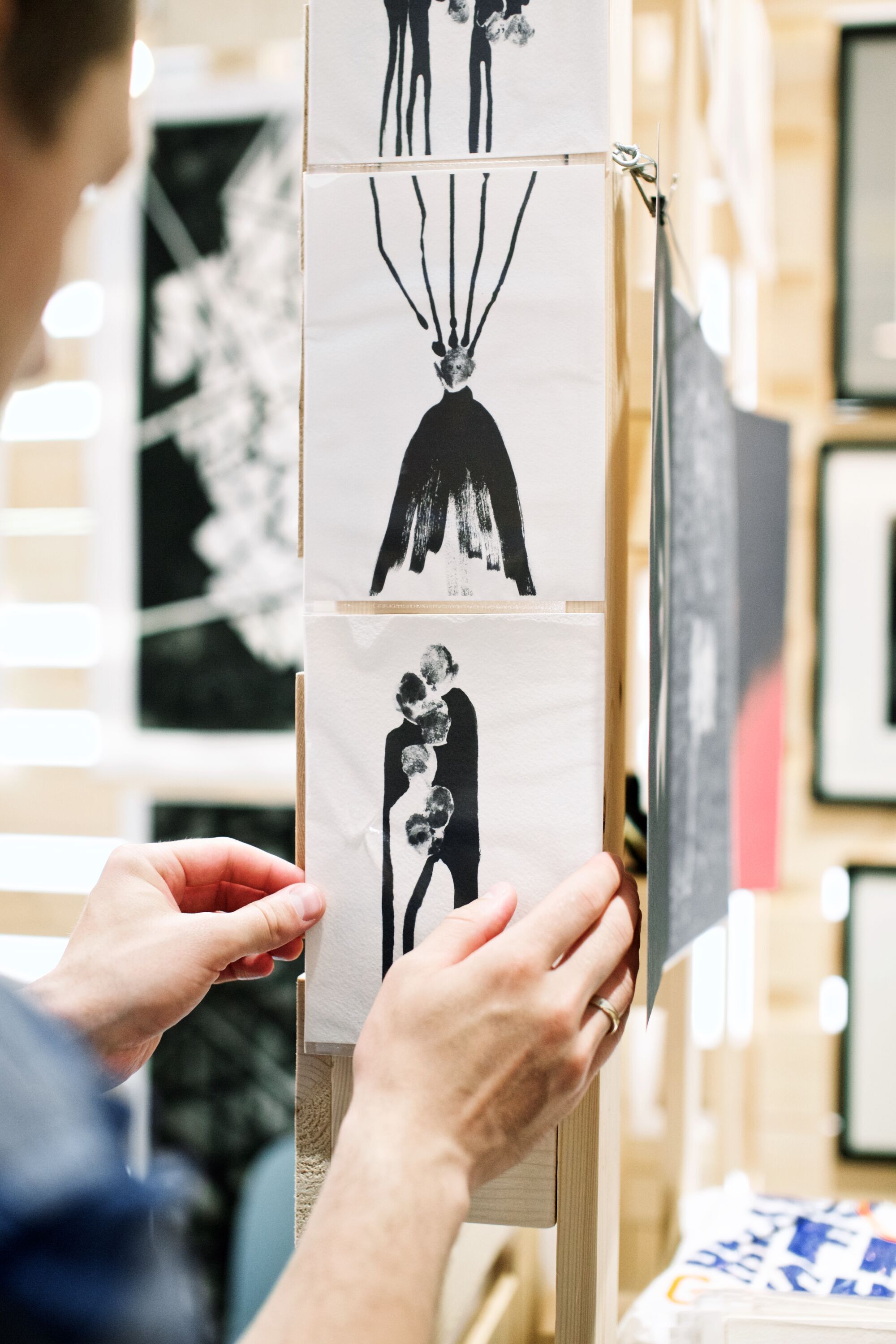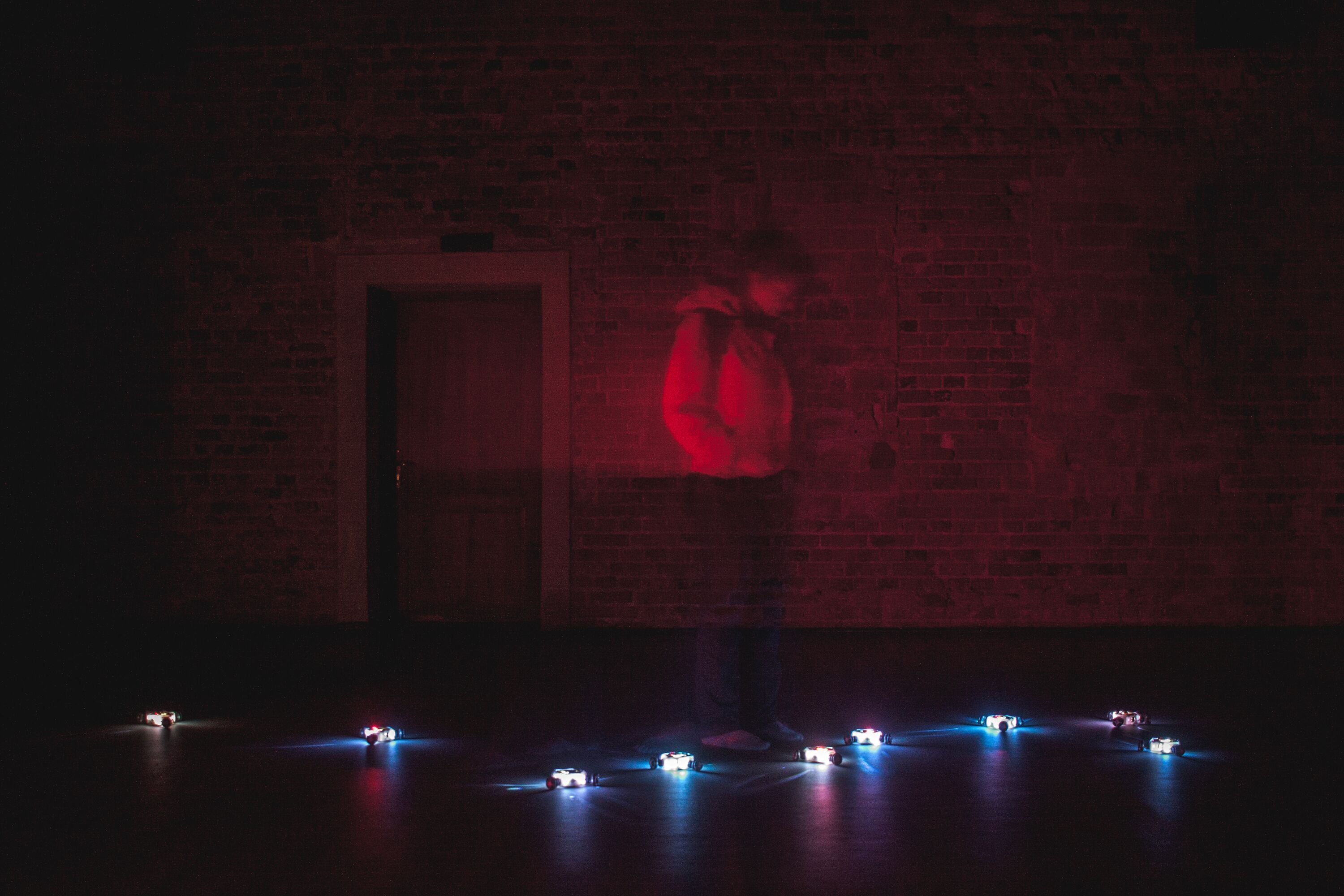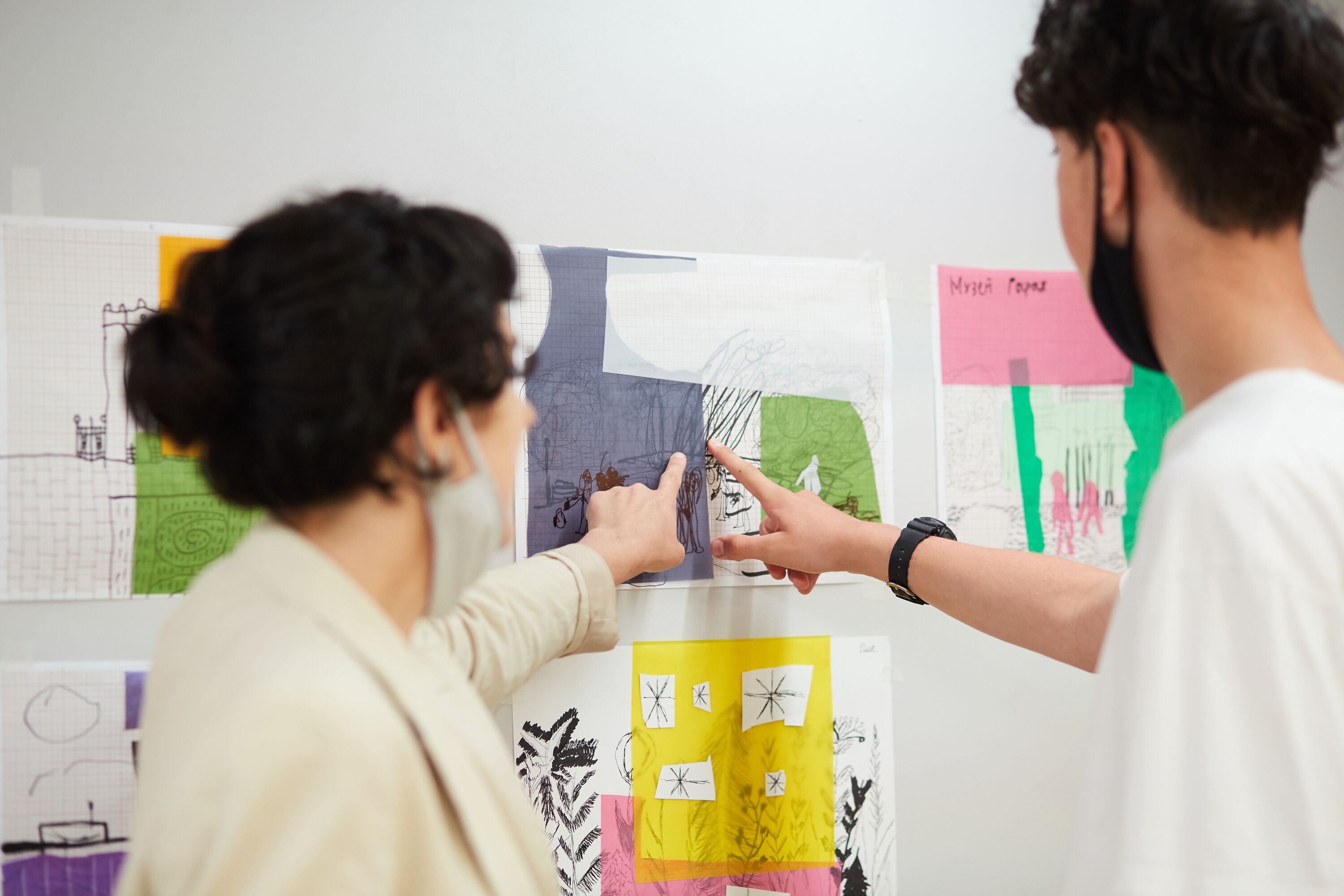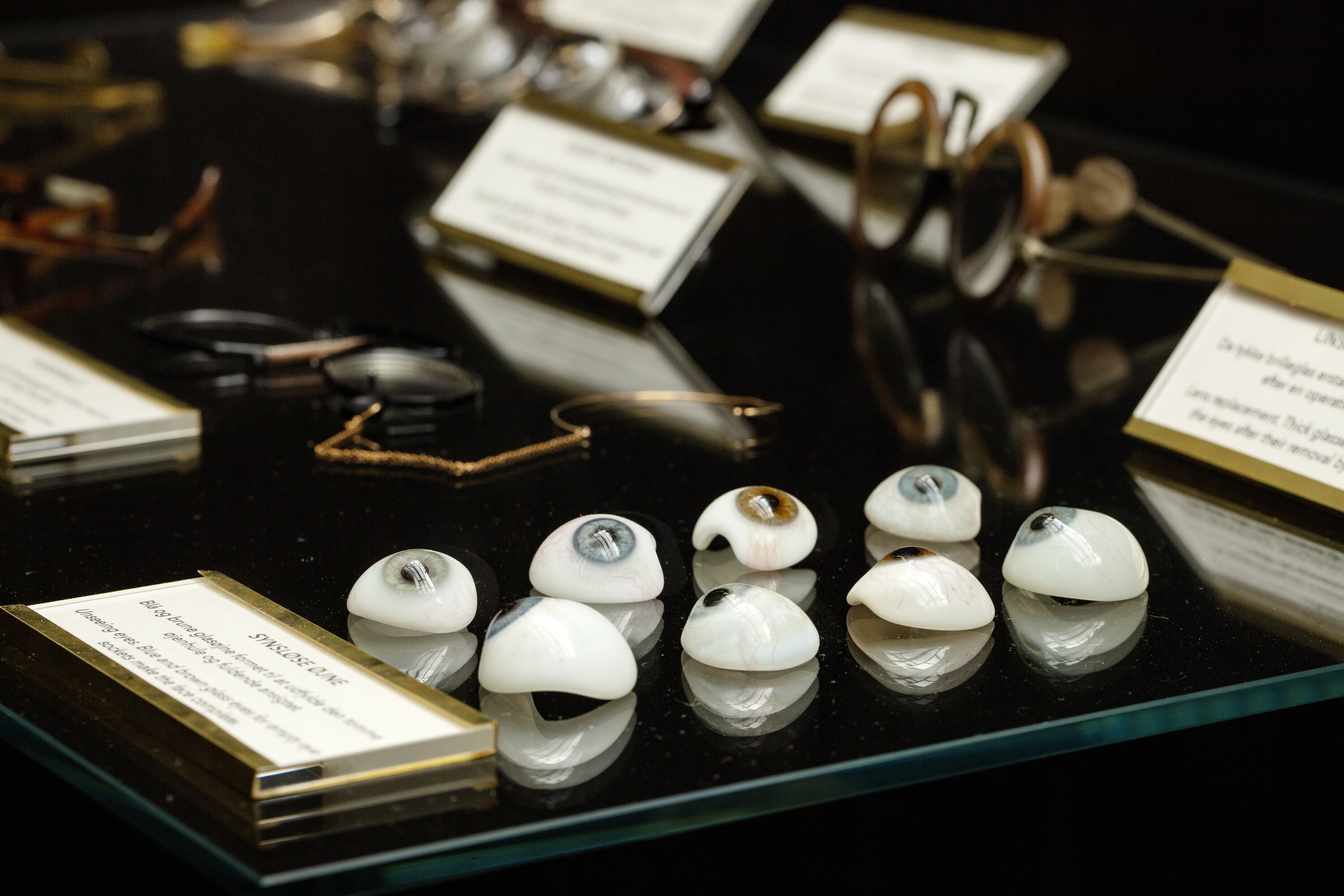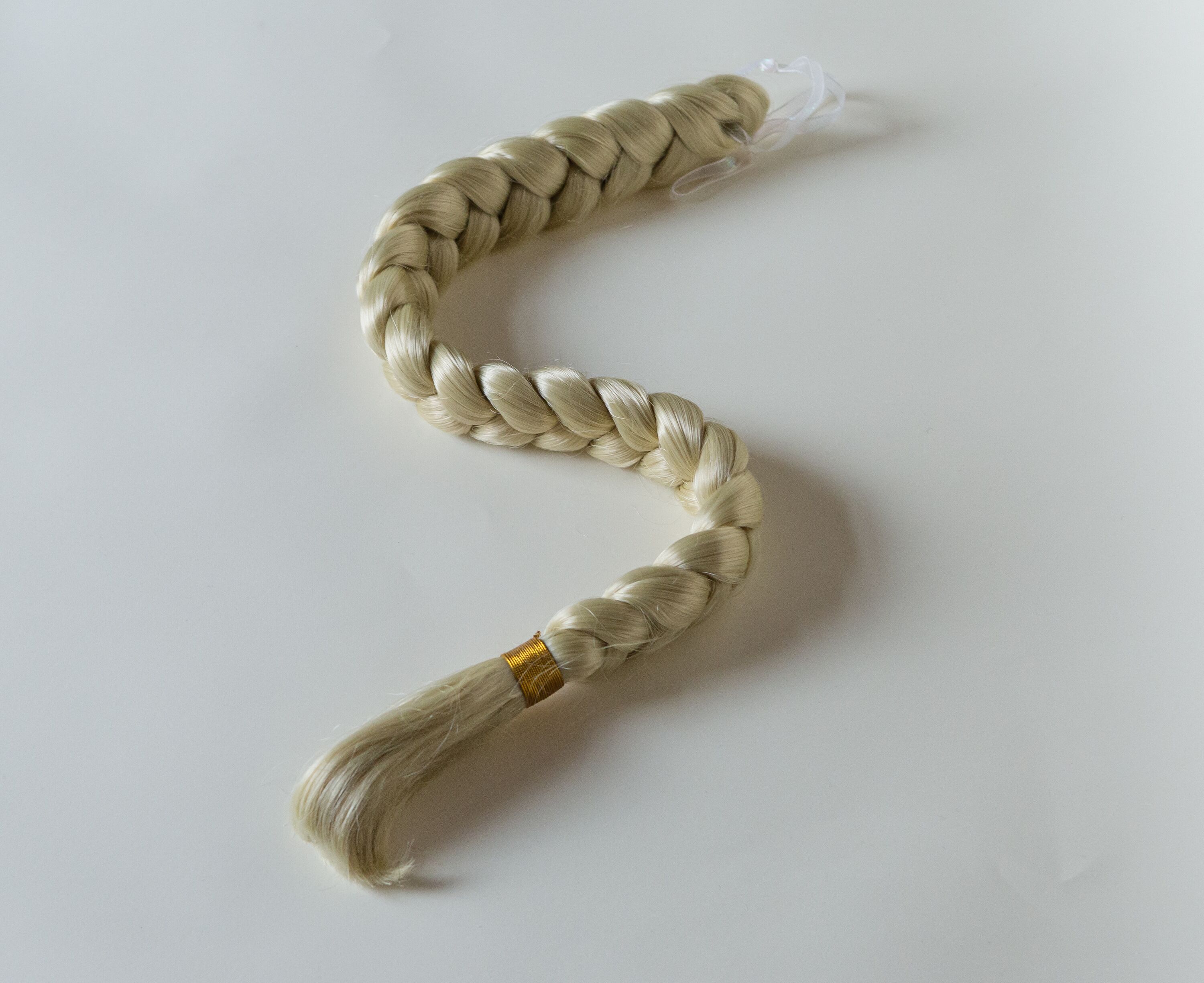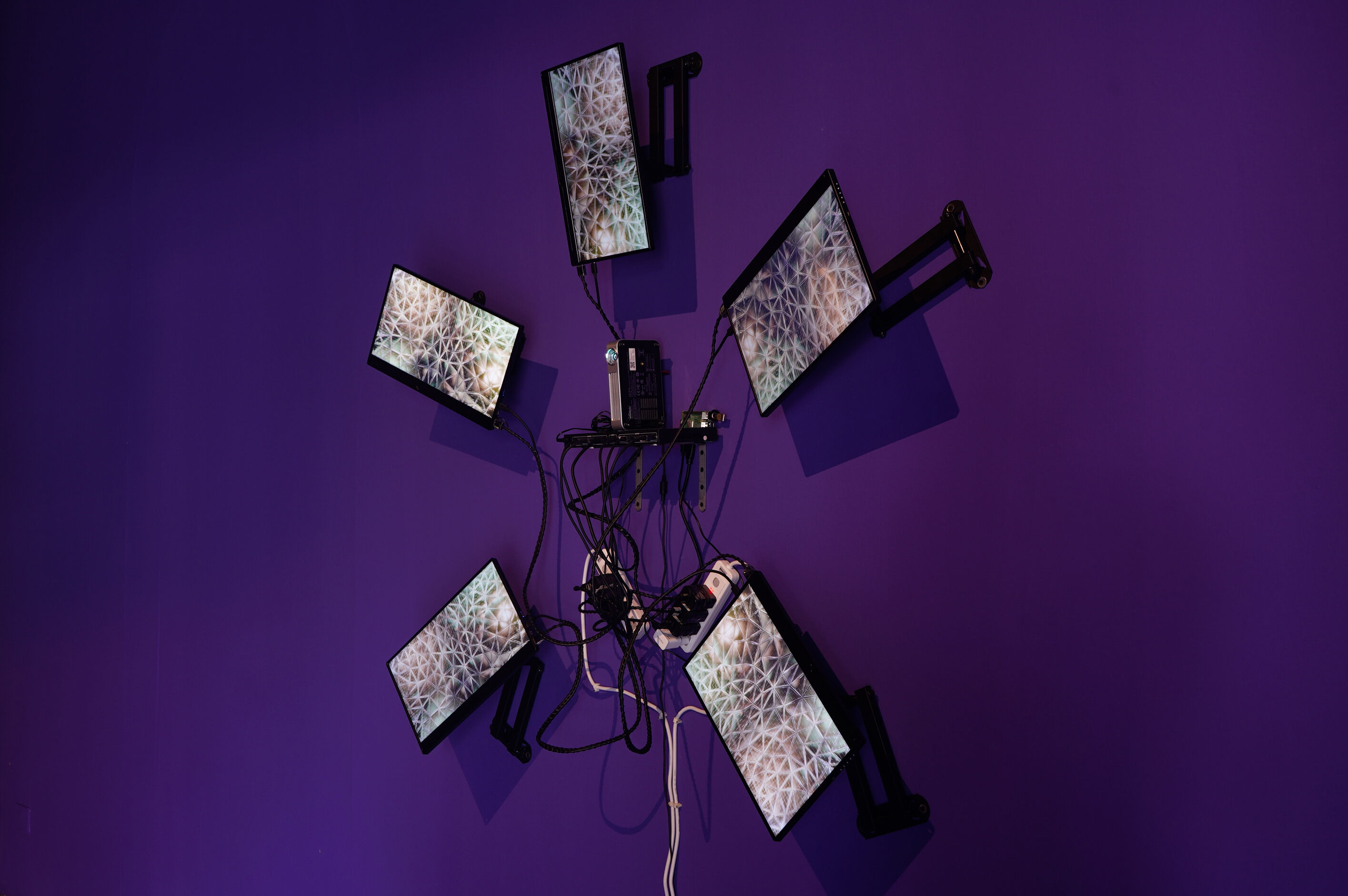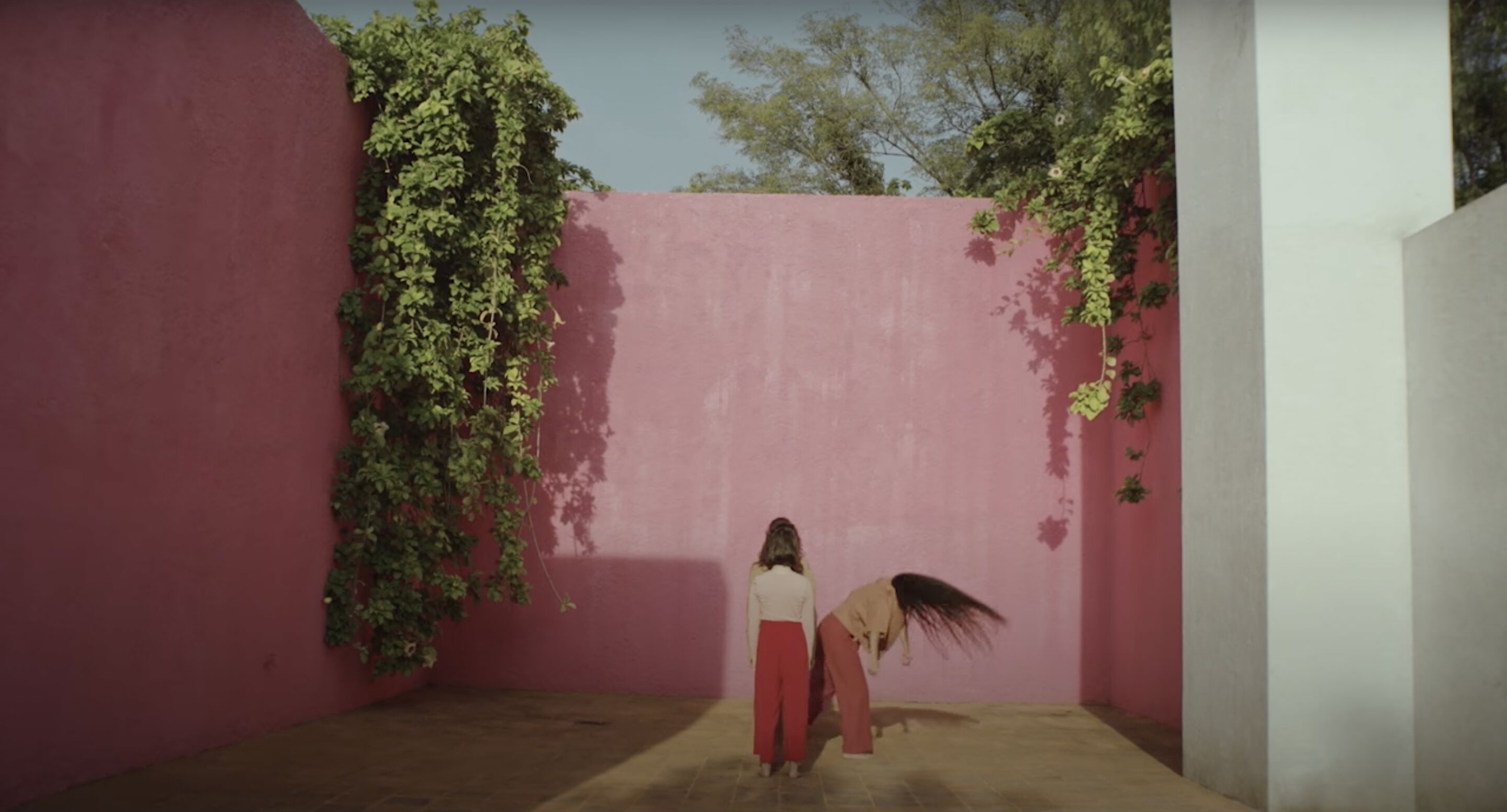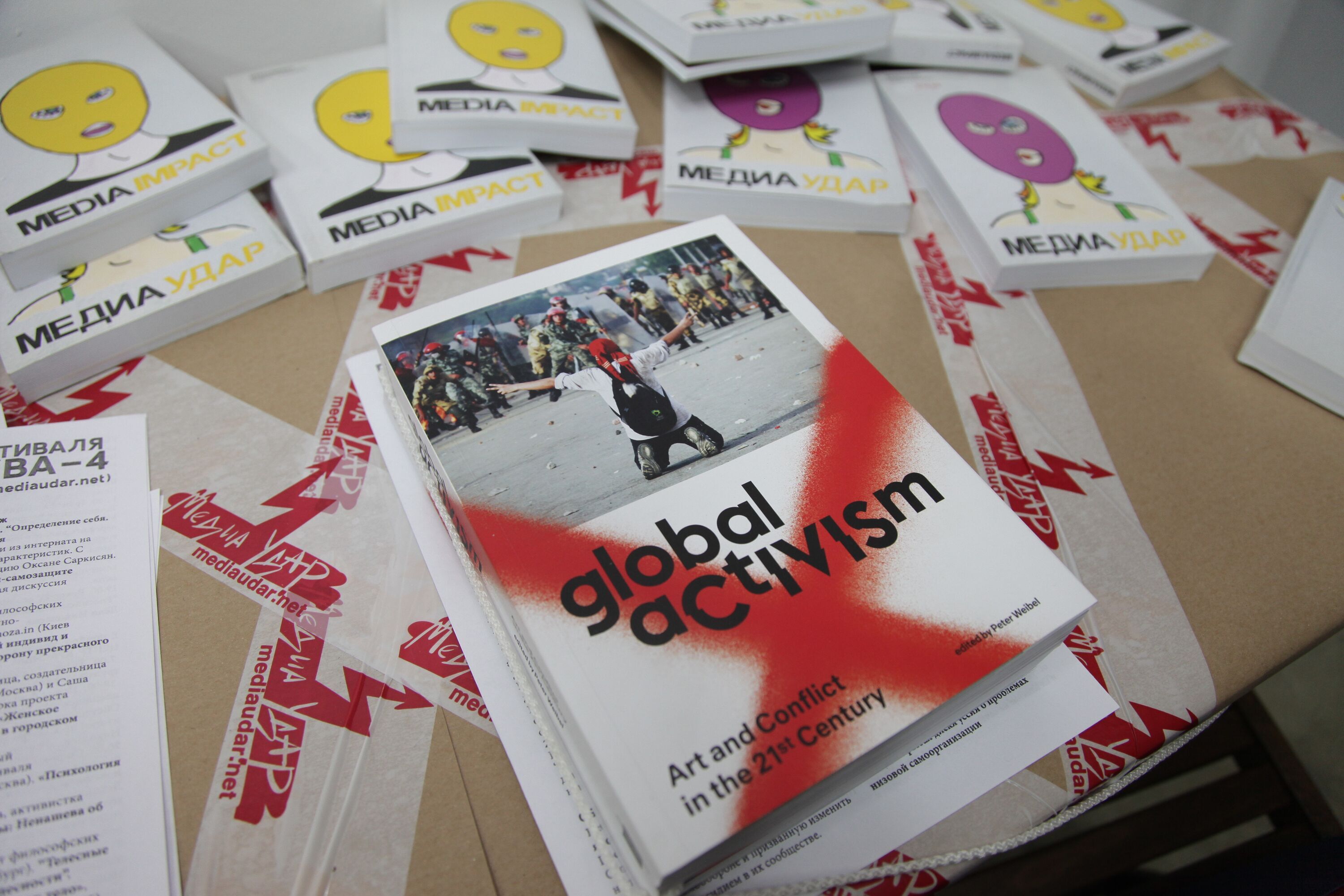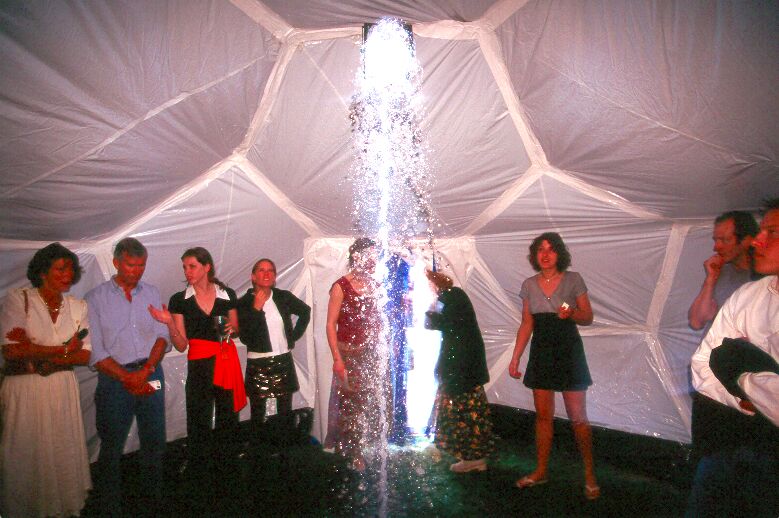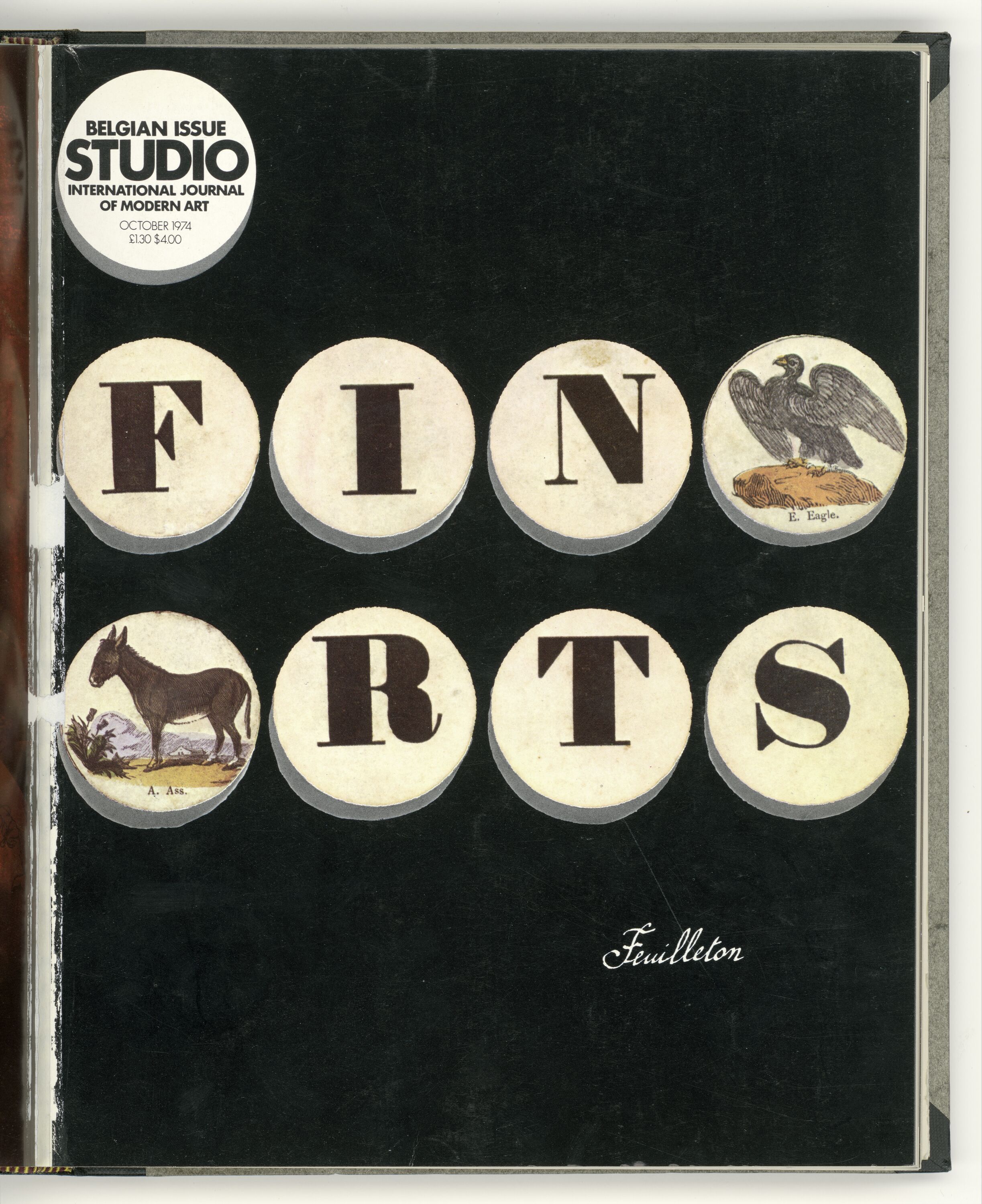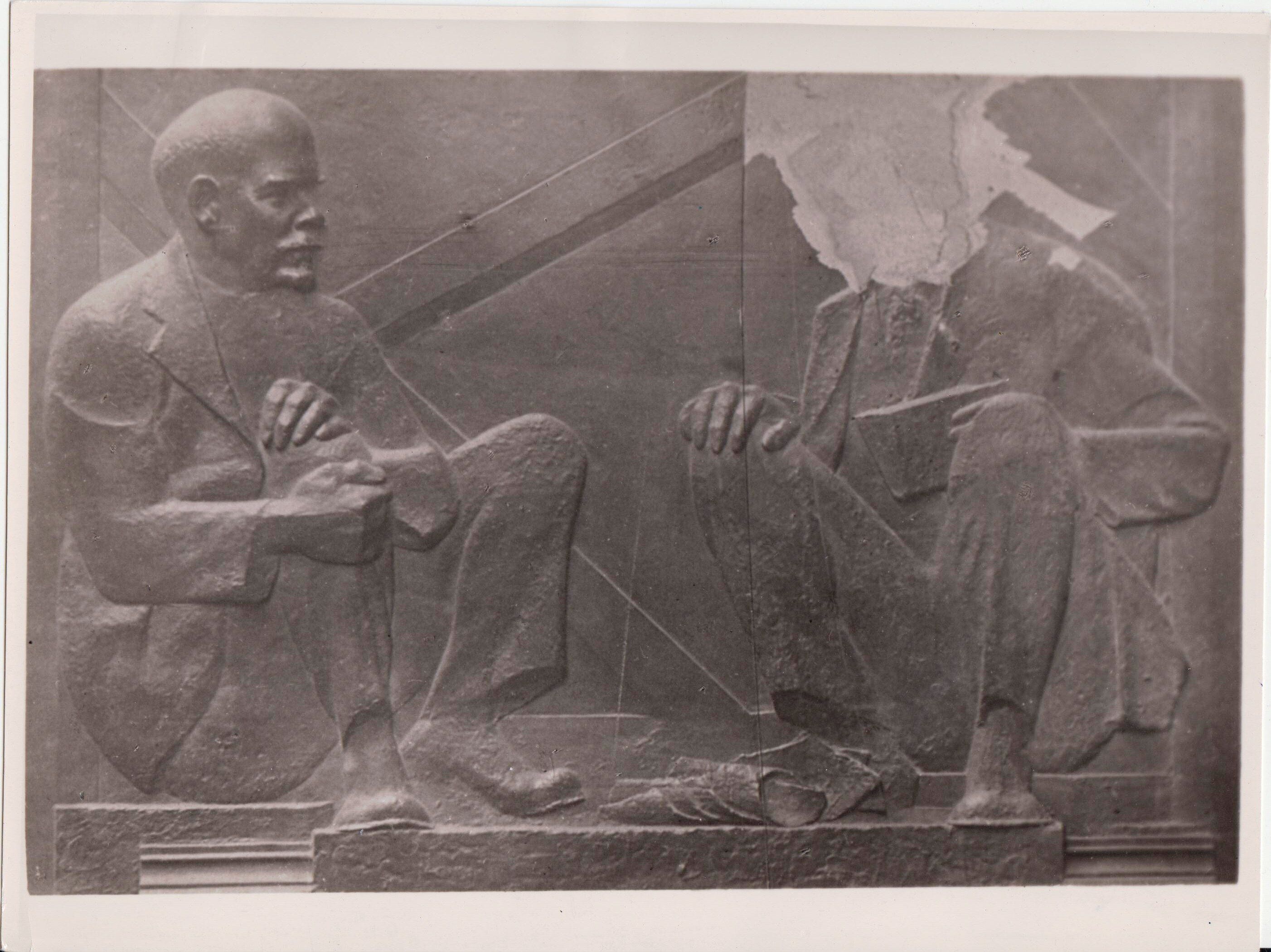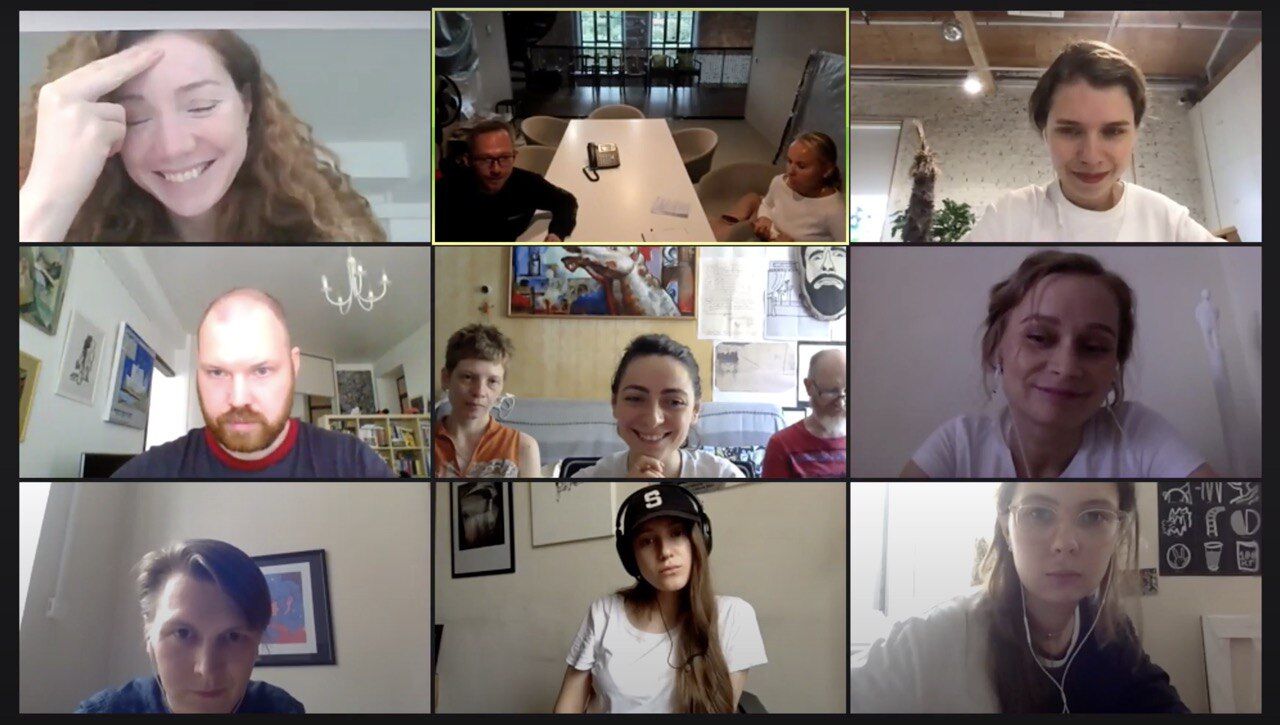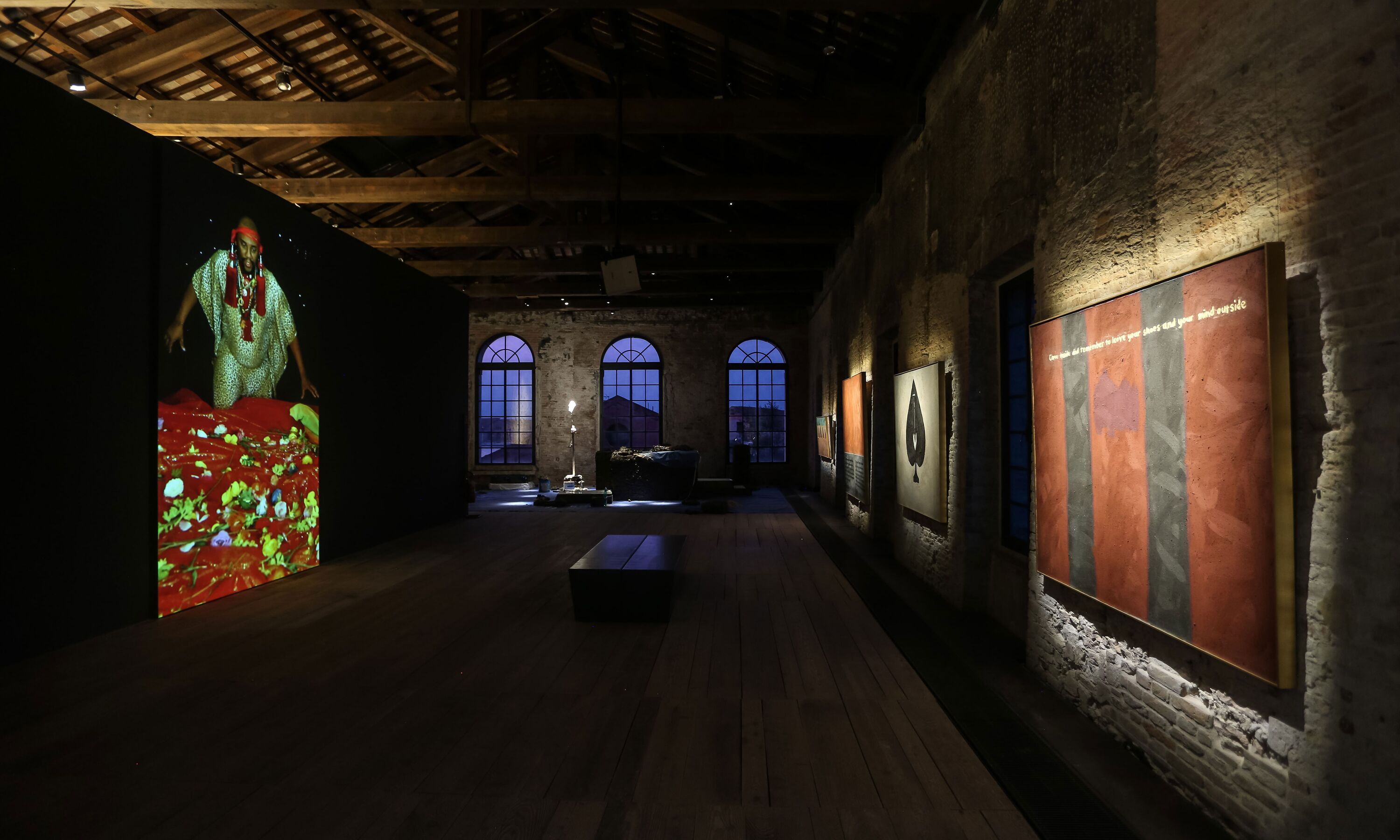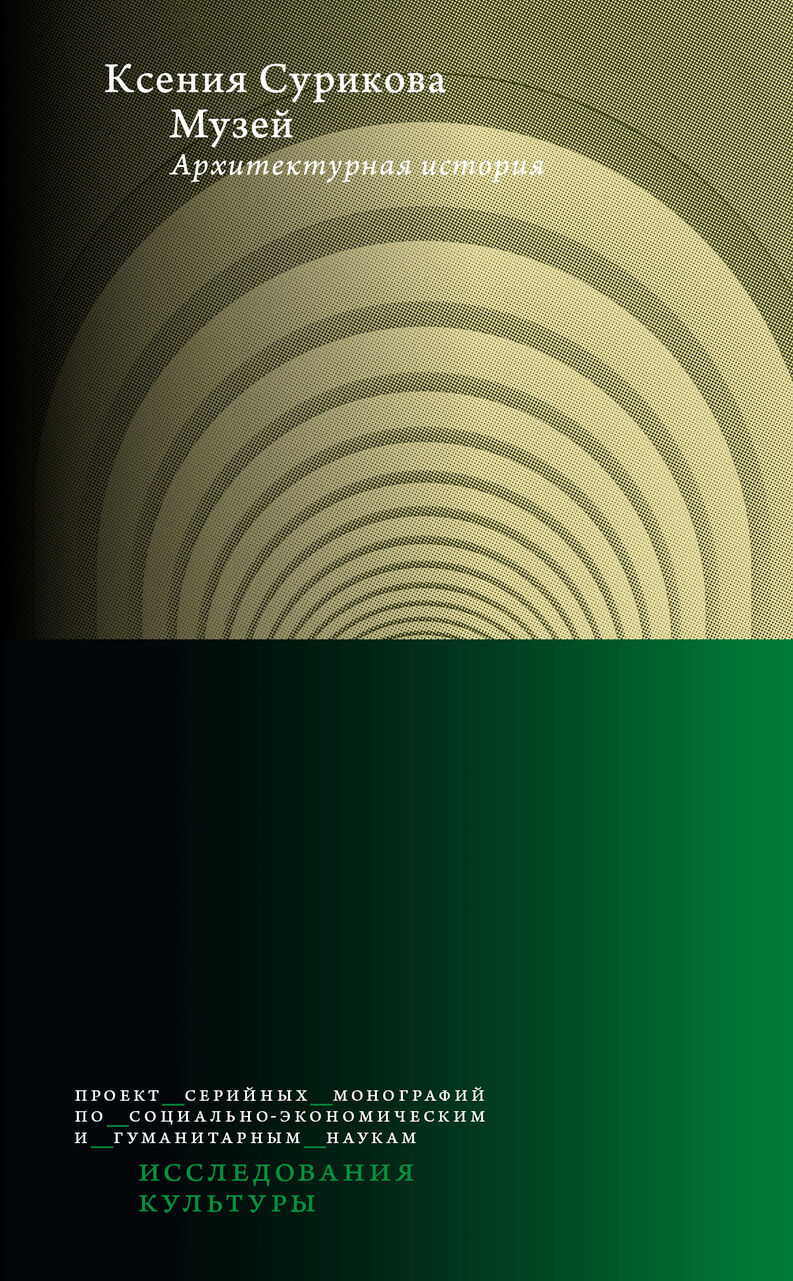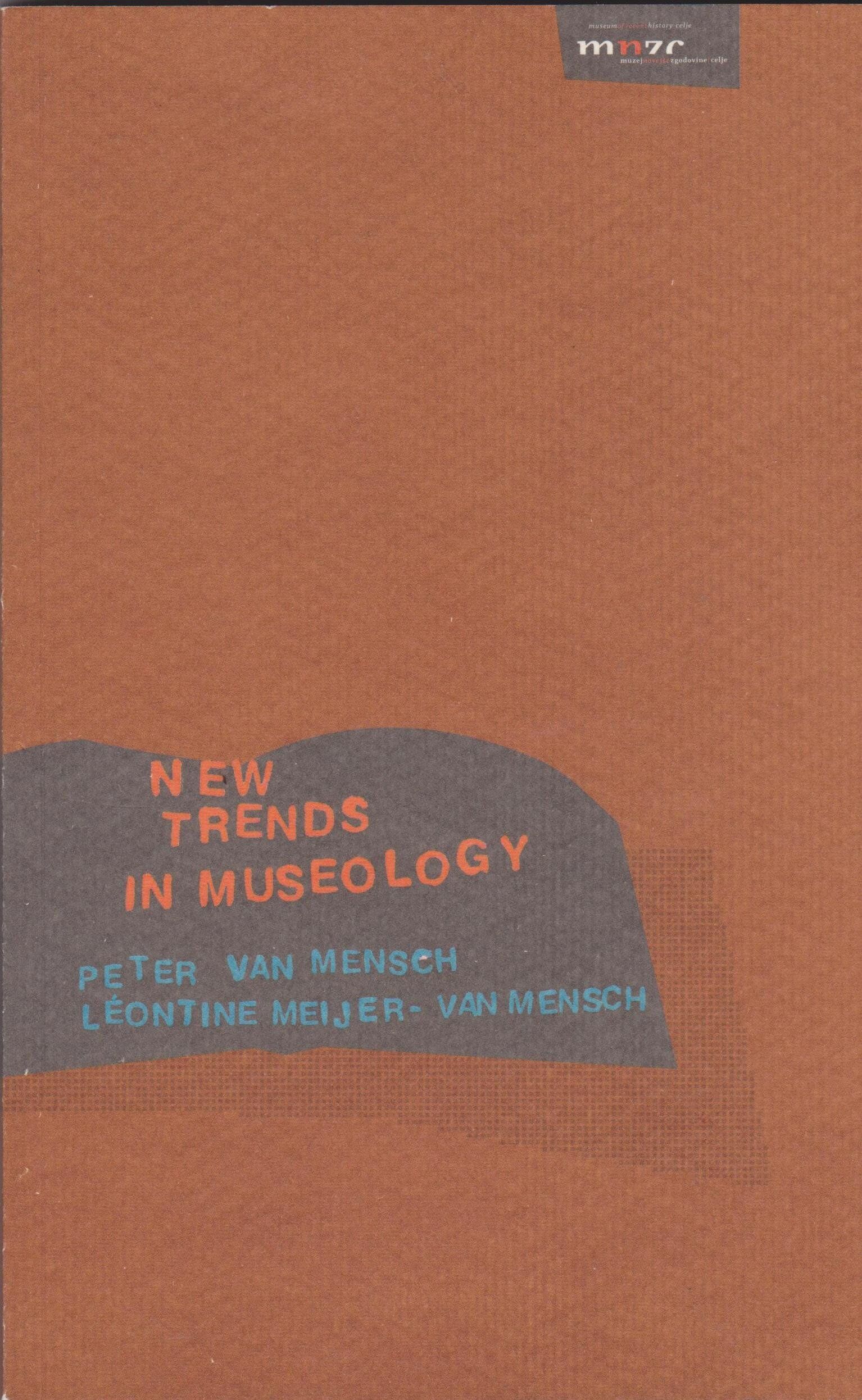Issue 03 (September 2021)
The Museum as a Research Hub
The goal of this special issue is to consider how research is integrated into museums’ future strategies, to reflect on how collaborations among researchers, artists, and curators work, and outline the key applications of practice-based research. In order to address these concerns, the materials selected for the issue focus on the question of method, which allows a new conceptualization of the museum as a research hub.
The essay introduces a new line of research at the ZKM | Center for Art and Media Karlsruhe that examines the role and experiments with museum applications of information technology, specifically artificial intelligence (AI) and extended reality technologies (e.g., augmented, mixed, and virtual realities).
The article analyzes the strategies for developing the inclusion programs applied at Garage Museum of Contemporary Art. The analysis is contextualized within the frameworks of global movements for the rights of people with disabilities, and of the inclusion programs implemented in Russian cultural institutions.
Museums have always supported learning and inquiry, but the last twenty years have seen a flourishing of reinvented university museums, following a period of neglect. This paper is grounded in the case of Medical Museion at the University of Copenhagen, which experiments with relations between research and museum practice.
This article outlines the history and structure, as well as the rationale behind Garage Archive Collection, and contextualizes this collection within the global practices of building similar collections and of shaping current forms of work aimed at preserving the history of contemporary art in museums.
As we grapple with this pandemic-altered reality, institutions seek for new ways to present curatorial research online. With a focus on considered, attuned, and meaningful ways for presentation, this essay will explore the possibilities afforded by presenting curatorial research through the concept of ‘digital gardens.’
The article focuses on site-specific dance and performance on historic sites and in museums linked to heritage, as well as on the aspects which such dance and performance work with: memory, commemoration, interpretation, architectural value, etc. The question addressed here is how dance is used to work with heritage and how heritage is used to create dance.
The article analyzes the problems that contemporary art historians and archivists face when working with activist art. Based on materials of Garage Archive Collection, the article examines the problems inherent in the process of archiving activist art as a radical genre. The analysis allows the author to identify three groups of such problems and suggest potential ways to solve them.
This article examines the role of contemporary art exhibitions in the process of the political integration of Europe between the Cold War’s end and the European Union’s Eastern Enlargement. To do so, it analyzes a range of inter-European exhibitions that aimed to construct and disseminate a new notion of a ‘united’ European art world.
In 1968 the Belgian artist Marcel Broodthaers inaugurated the Musée d’Art Moderne, Département des Aigles at his home in Brussels, with the Section XIXème siècle. In 1972 Broodthaers closed his Museum at documenta V with the Musée d’Art Ancien, Département des Aigles, Gallery du XXe siècle. The art historical discourse framed the fictitious Museum project as institutional critique.
The history and culture museum complex in the Sestroretsk area of Razliv has been faced with the need to carry out a re-exposition in its Shalash pavilion. The task at hand entails creating an exhibition project that would be in line with the current cultural trends and would meet the society's needs. The article discusses theoretical aspects of carrying out re-expositions, and the implementation of the latter in the Shalash museum within the contexts of Soviet history and contemporaneity.
The article presents the results of a study on contemporary art institutions in Russia. The subject of the research is the response of these institutions to the restrictive measures imposed in March–October 2020 in order to prevent the spread of COVID-19. The study suggests a sociological interpretation of the changes that have taken place in the work of the organizations in question.
In this essay, the author discusses the reader that accompanied the South African Pavilion at the 58th Venice International Art Biennale—The Stronger We Become: The South African Pavilion (edited by Nkule Mabaso and Nomusa Makhubu). The author concludes that the book argues for ‘epistemic justice’ and that resilience in art can be understood as positive (resilience through laughter) or negative (resilience through neoliberal absorption).

